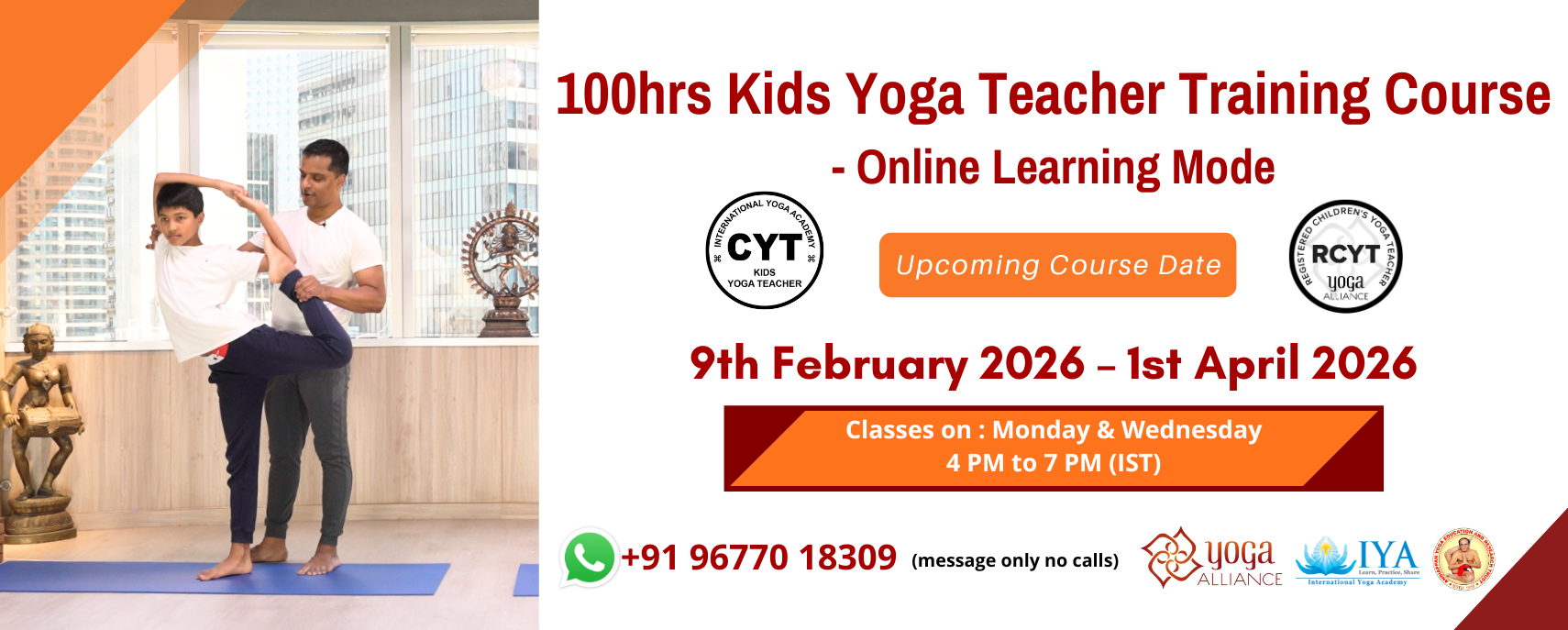Iliopsoas syndrome, also called iliopsoas tendonitis, is an under-reported and under diagnosed clinical problem. Ballet dancers often suffer from this. It can occur in runners, hurdlers, high jumpers and many other athletes. The diagnosis is often missed; generally, no significant therapeutic measures are recommended except rest.
Yoga Therapy
“Pain is your Guru” ~ BKS Iyengar
Psoas is the centre of the core. It includes the spine and the muscles closer to it. Iliopsoas is a deep muscle and it seats on the either side of the center of gravity. So this plays and important role in making the body feel firm, lighter, move and stabilise.
One needs to imagine and be aware while using these muscles, as it takes practice to get more control and sense to feel it. Practising uddiyana bandha develops more control and awareness over these muscles. Create a sequence of asanas with which iliopsoas as basic element helps transform and deepen the practice.
Pain always creates awareness and awakens our consciousness in engaging this large muscle in maintaining stability and comfort.
Warm up prior to any sporting activity will decrease the injury. Build up core strength and engage the feet properly while doing any activity will prevent injuries. Maintaining good muscle strength and flexibility will also help prevent overuse and injuries.
Avoid any deep forward or backward bending postures. Perform all asanas half way before going into the final poses. This helps to lengthen and align the iliopsoas muscle group. It also awakens the awareness to engage and use this muscle to bring stability and comfort in any activity.
Proper relaxation and restorative postures aid recovery from any pain.






 My cart
My cart











